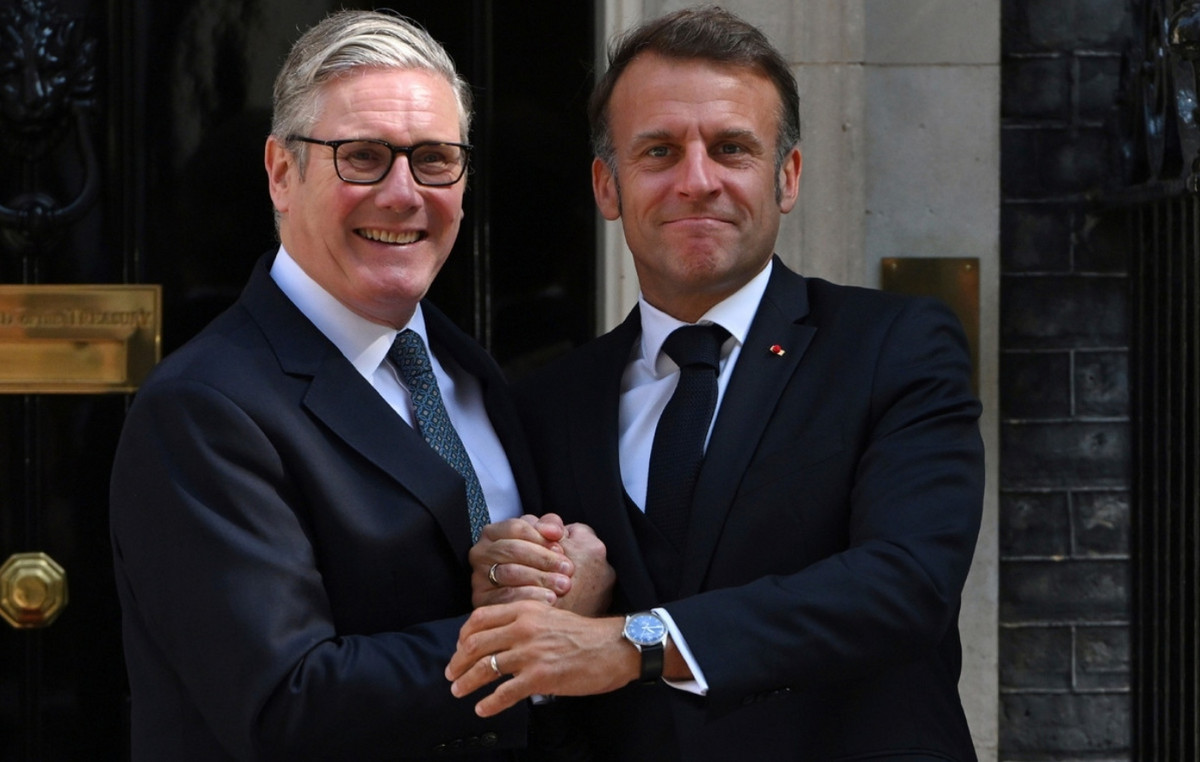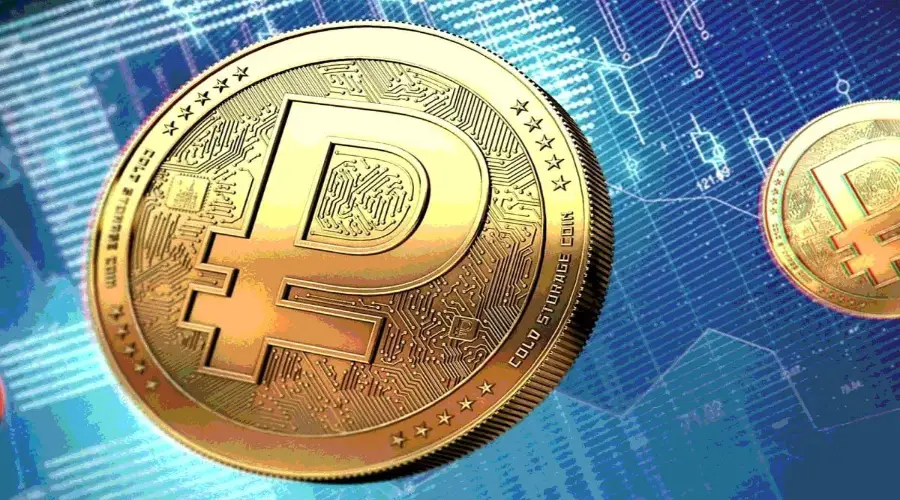- Gold price falls to around $2,695 in the early Asian session on Monday.
- The strength of the US Dollar undermines the price of USD-denominated Gold.
- Uncertainty and high geopolitical tensions could boost the price of Gold, a traditional safe haven asset.
The price of Gold (XAU/USD) extends its decline to around $2,695 during the early Asian session on Monday. The strength of the US Dollar (USD) overall ahead of President-elect Donald Trump’s inauguration puts some selling pressure on the yellow metal.
Analysts expect the price of gold to face volatility before Trump takes office. Traders will closely watch developments around potential trade policies. Any aggressive comments from Trump about using trade tariffs to support the US manufacturing sector could boost the dollar and weigh on the price of USD-denominated merchandise.
However, weaker-than-expected US inflation data last week could support the precious metal as it could trigger speculation of more than one rate cut by the US Federal Reserve. (Fed). Traders are looking to Trump’s inauguration on Monday for new catalysts on the executive orders he plans to issue after taking the oath of office. “Uncertainty regarding the policies that President Trump is going to implement has been one of the supporting factors for gold,” said David Meger, director of metals trading at High Ridge Futures.
Additionally, lingering geopolitical tensions in the Middle East and ongoing conflicts between Russia and Ukraine could boost safe haven flows, benefiting the price of gold. The Guardian reported that the Russian military took control of two more settlements in the region of Donetsk in eastern Ukraine on Saturday, the latest in a series of reported gains in its steady push westward.
Gold FAQs
Gold has played a fundamental role in human history, as it has been widely used as a store of value and medium of exchange. Today, aside from its brilliance and use for jewelry, the precious metal is considered a safe-haven asset, meaning it is considered a good investment in turbulent times. Gold is also considered a hedge against inflation and currency depreciation, since it does not depend on any specific issuer or government.
Central banks are the largest holders of Gold. In their aim to support their currencies in turbulent times, central banks tend to diversify their reserves and purchase Gold to improve the perception of strength of the economy and currency. High Gold reserves can be a source of confidence for the solvency of a country. Central banks added 1,136 tons of gold worth about $70 billion to their reserves in 2022, according to data from the World Gold Council. This is the largest annual purchase since records exist. Central banks in emerging economies such as China, India and Türkiye are rapidly increasing their gold reserves.
Gold has an inverse correlation with the US Dollar and US Treasuries, which are the main reserve and safe haven assets. When the Dollar depreciates, the price of Gold tends to rise, allowing investors and central banks to diversify their assets in turbulent times. Gold is also inversely correlated with risk assets. A rally in the stock market tends to weaken the price of Gold, while sell-offs in riskier markets tend to favor the precious metal.
The price of Gold can move due to a wide range of factors. Geopolitical instability or fear of a deep recession can cause the price of Gold to rise rapidly due to its status as a safe haven asset. As a non-yielding asset, the price of Gold tends to rise when interest rates fall, while rising money prices tend to weigh down the yellow metal. Still, most of the moves depend on how the US Dollar (USD) performs, as the asset is traded in dollars (XAU/USD). A strong Dollar tends to keep the price of Gold in check, while a weaker Dollar is likely to push up Gold prices.
Source: Fx Street
I am Joshua Winder, a senior-level journalist and editor at World Stock Market. I specialize in covering news related to the stock market and economic trends. With more than 8 years of experience in this field, I have become an expert in financial reporting.







